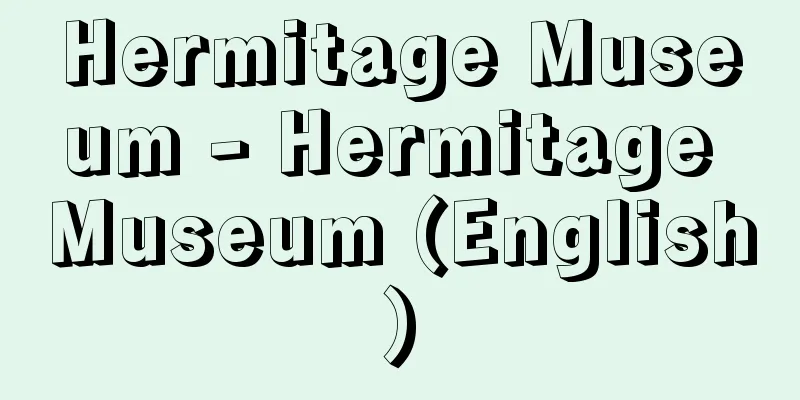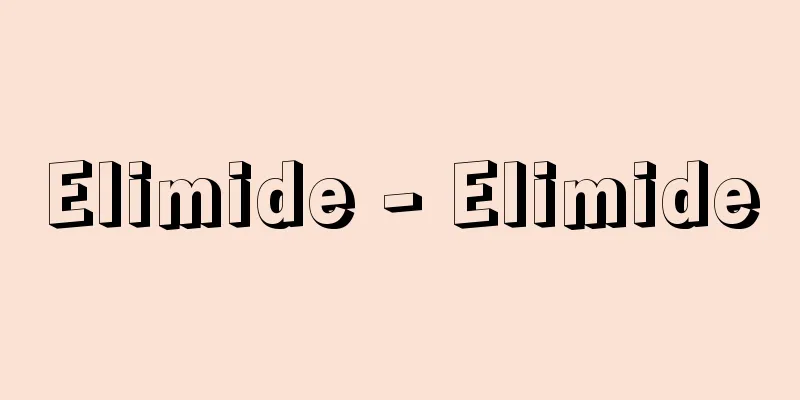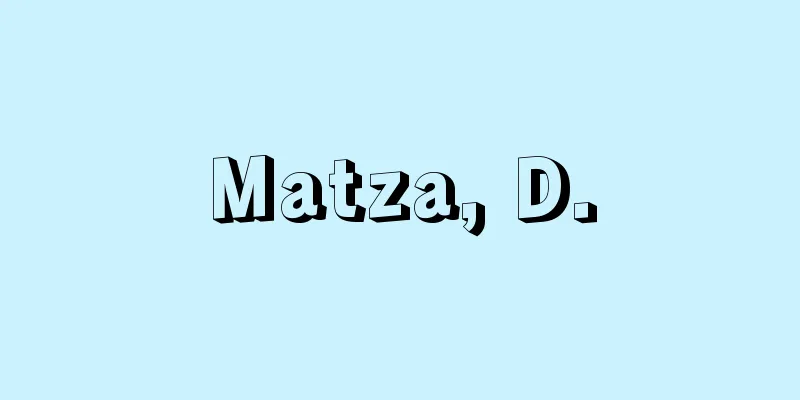Hermitage Museum - Hermitage Museum (English)

|
The largest national art museum in Russia, located in St. Petersburg. The current Hermitage (meaning a retreat in French) consists of five buildings: the Winter Palace, which had been the palace of Russian emperors since Empress Elizabeth, the Small Hermitage, which was added to it, the Theater, the Old Hermitage (all in the late 18th century), and the New Hermitage (1851). During the reign of Catherine the Great, who was the leading collector of her time, 3,926 paintings had already been collected, and the collection was expanded based on this. After the Russian Revolution of 1917, the amount of collections increased further due to the law on the protection of cultural heritage and its transfer to the state. The current number of pieces in the museum is said to be about 3 million, and they are stored and exhibited in six categories (primitive culture and art, culture and art of the ancient world, culture and art of the Eastern countries, Russian culture, Western European art, and coins and medals). It began functioning as a museum in 1852, when it was still under the jurisdiction of the imperial court, and part of it was open to the public. After the revolution, it became state-owned and was opened to the public in 1920. Among its vast collection, the collection of Western European art includes masterpieces from the Renaissance to the early modern period collected by successive emperors, as well as works by French Impressionists and Post-Impressionists collected by major collectors such as Shchukin and Morozov, demonstrating its status as one of the world's largest museums. The Historical District of St. Petersburg, where the museum is located, was registered as a World Heritage Site in 1990 (World Cultural Heritage). [Noriko Minato] "The Hermitage Museum" by Boris B. Piotrovsky, translated by Kato Kyujo, Ikuta En, and Aoyagi Masanori (1985, Iwanami Shoten)" ▽ "Paintings from the Hermitage Museum" by Colin Eisler, supervised by Takashina Shuji (1996, Chuokoron-Shinsha) Source: Shogakukan Encyclopedia Nipponica About Encyclopedia Nipponica Information | Legend |
|
サンクト・ペテルブルグにあるロシア最大の国立美術館。現在のエルミタージュ(フランス語で隠れ家の意)は、エリザベータ女帝以来ロシア皇帝歴代の宮殿であった冬宮と、これに増築された小エルミタージュ、劇場、旧エルミタージュ(いずれも18世紀後半)、新エルミタージュ(1851)の五つの建物からなる。当代きっての収集家であったエカチェリーナ2世の時代に、すでに3926点の絵画が収集されており、これを核にコレクションが進められ、1917年のロシア革命後は、文化遺産の保護と国家への譲渡に関する法令により、収蔵品はますます増大した。現在の所蔵点数は約300万点といわれ、6部門(原始文化と美術、古代世界の文化と美術、東方諸国の文化と美術、ロシア文化、西欧美術、コイン・メダル)に分けて収蔵展示されている。まだ宮廷の管轄下にあった1852年から美術館として機能し始め、一部に公開。革命後は国有となって1920年から一般に公開されるようになった。膨大な所蔵品のうち、西欧美術のコレクションは、歴代皇帝によって集められたルネサンスから近世に至る名画に、シチューキン、モロゾフらの大コレクターによるフランス印象派・後期印象派の作品を加え、世界最大級の美術館としての面目を示している。なお、この美術館のあるサンクト・ペテルブルグ歴史地区は1990年に世界遺産の文化遺産として登録されている(世界文化遺産)。 [湊 典子] 『ボリス・B・ピオトロフスキー著、加藤九祚・生田圓・青柳正規訳『エルミタージュ美術館』(1985・岩波書店)』▽『コリン・アイスラー著、高階秀爾監訳『エルミタージュ美術館の絵画』(1996・中央公論社)』 出典 小学館 日本大百科全書(ニッポニカ)日本大百科全書(ニッポニカ)について 情報 | 凡例 |
Recommend
Toin family
The Northern Fujiwara clan, the first branch of th...
Pseudo-word
…The particle here is a general term for several ...
Overseas construction work
...In addition, as the Japanese economy transitio...
Gunnera macrophylla (English spelling) Gunneramacrophylla
… [Mitsuru Hotta]... *Some of the terminology tha...
Andorra la Vella - Andorra la Vella
The capital of Andorra, a small country in the Pyr...
Lying Juice - Lying Juice
...This product became so popular that other comp...
Mitochondria - Mitochondria (English spelling)
A unique organelle found in all eukaryotic cells....
Leucosticte
…Originally it was another name for the Japanese ...
Cephalochordata
…About 2,500 species are known. Protochordates ar...
Kaufman, Arthur
…After the war, G. Radbruch of the Neo-Kantian sc...
Asahi [city] - Asahi
Located in the northeastern part of Chiba Prefectu...
International financial market
International finance is the process of financing...
Gerasimov, S.
...The war ended in victory in 1944, but along wi...
skew coordinates
…The most commonly used parallel coordinate syste...
Hybrid Polyantha Rose (English name)
…(b) Floribunda Roses: Blooming in medium-sized c...









